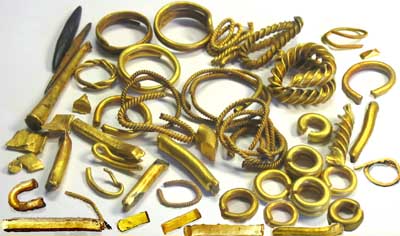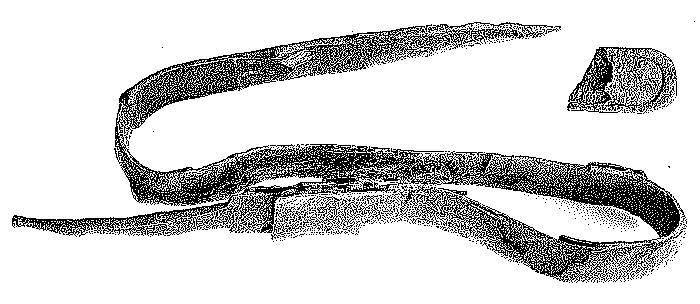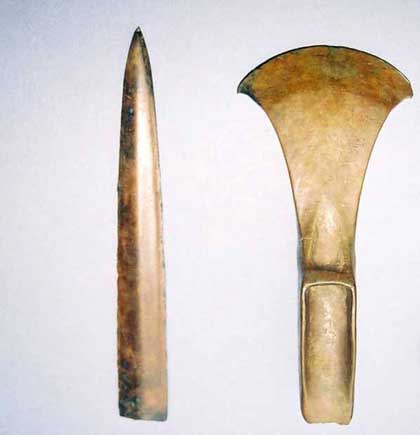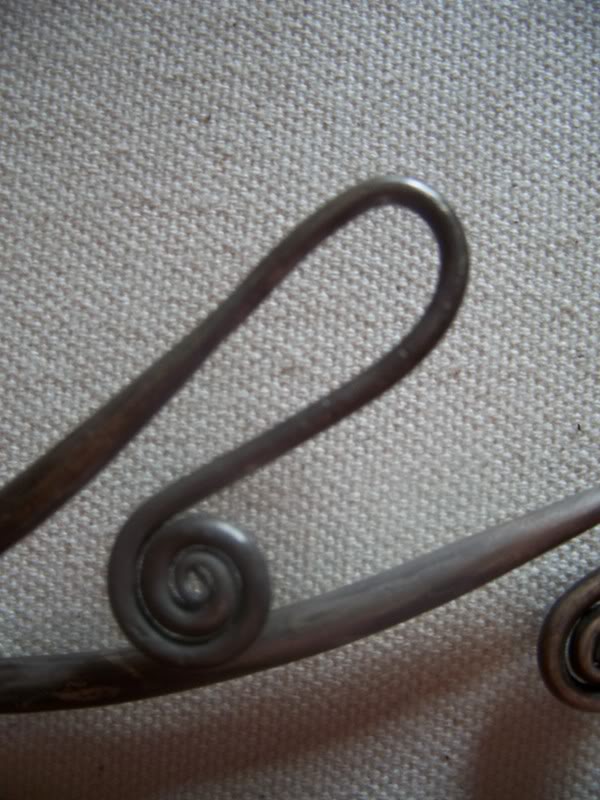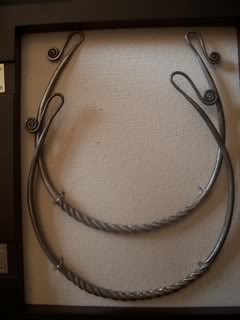Posts: 2 Location: England
Thu 09 Aug, 2007 2:31 pm
Hi everyone , this is my first post on myArmoury and I’d like to introduce myself. My names Steve and I live Gloucestershire, England.
I have read many of your posts and I am quite amazed at the amount of knowledge you possess on your various subjects.
The reason I have joined your forum, is to share with you some of the unique objects I have uncovered in recent years , some which have been of national importance and are now on display in various museums.
These items have been unearthed by myself, In the pursuit of uncovering the past with the aid of a metal detector. Many of these items would have lain undiscovered for eternity or destroyed by modern farming methods if they hadn‘t have been recovered by this method.
Most of my finds have been recovered from the plough soil, and have been moved many meters from there original position ,so they have been found in isolation and are probably just casual losses.
My objective is not to hoard objects and hide them away in private collections but to share my knowledge with like minded people, as I believe history belongs to all of us.
In 2003 whilst detecting on a large field in Gloucestershire I was fortunate to uncovered a large Bronze Age gold jewellery hoard,. This hoard contained 54 items of gold along with a bronze knife, which has been dated to between 1200-1400 BC.
It is now on display at the Corinium museum in Cirencester, and has since been called the Poulton Hoard after the area in which it was discovered..
But a more recent find is a bronze anthropomorphic sword pommel measuring 34mm x 22mm.
This object is quite spectacular as it shows the amazing workmanship and skill of Celtic craftsmen and is probably one of the best examples ever found in Britain.
The sword pommel from a La Tene III anthropoid sword hilt is in the form of a male head. The head has an elaborate hairstyle of five braids emanating from knobbed terminals at the forehead. The central braid is perforated near the top of the head for the end of the tang of the iron blade. The oval face has high arched eyebrows, lentoid eyes with eyelids indicated, a flat nose that joins the eyebrows, large ears and a wide moustache above a slit mouth. The bottom of the object has two triangular forked prongs projecting approximately 10mm from the head and forming a neck.
No other Celtic objects have turned up in the area so it had probably come loose and fallen off when in use.
 Attachment: 48.92 KB
Attachment: 48.92 KB
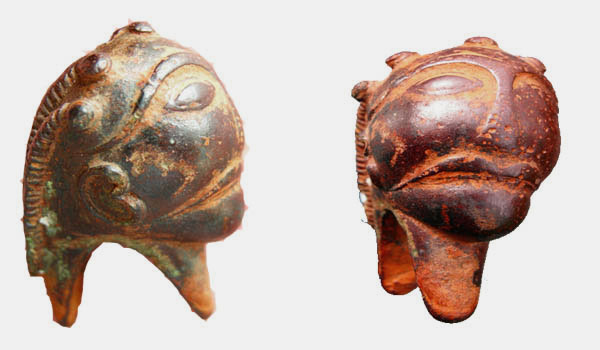
 Attachment: 38.16 KB
Attachment: 38.16 KB

 Attachment: 45.09 KB
Attachment: 45.09 KB
